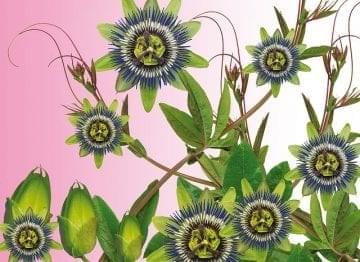While cayenne chili peppers have enjoyed the most attention in recent years, chilies in general have been beloved for their medicinal and magical qualities for centuries. Archeologists have found the remains of chilies in dig sites in the Tehuacan Valley, Mexico, as old as 9000 years. South America and the southern areas of Mexico have the longest traditions surrounding chilies. It’s believed the first chilies were cultivated in Bolivia around 7500 BCE, although cultivation of the chili and its cousin, chiltepins, spread as far north as South West America by 2000 BCE. They were used by the Aztec, Maya, Inca, and other native cultures to improve digestion and ward off illness, disease, and evil.
The Ancient Inca considered chili peppers to be a holy plant, sacred to Agar-Uchu, also known as Brother Chili, who was one of the Four Brothers of the Incan Creation myth and brother to the first Incan king.
Chili peppers were cultivated extensively in the Incan farming system, which was the most advanced system in the world at that time according to some archeologists. Three types were grown. Although we don’t have clear information on which ones they were, one, called “rocot uchu,” was most likely a member of C. bacctuum species, and another, called “chinchi uchu,” was most likely a member of C. chinese family.
For the Ancient Inca as well as their descendants, chilies were likely used in trade. As recently as the 1950s, one could barter for goods in the plaza of Cuzco with a handful of chilies. They were considered the most valuable of tributes in the Tolteec and Aztec cultures and were collected by those governments from the people and sold at the Market at Tlatelolco plaza.
The beauty of chili peppers were represented in daily items, like jewelry, pottery, and clothing, and in monuments like the Tello Obelissk in Peru carved in 900 CE, which represents a mythical creature called the black caiman. It looks much like the real caiman, a reptile of the region, grasping the leaves and pods of a chili plant.
While the Inca may have recognized chili’s potent spiritual medicine, they weren’t the only culture to do so. Chilies were mixed with tobacco and other plants by shamans and medicine people in pre-Columbian Central America to aid in journeys to the upper and lower worlds on behalf of mankind. Chili peppers were used by the Maya, Olmec, and Aztec cultures as valuable food and medicine as well as protection against evil and harmful energies. In the Aztec culture, chilies were rubbed on the feet of babies to ensure good health, and they were burned at funerals to ward off dark entities. Chili peppers were an integral part of pre-Columbian life from birth to death all around.
Read more by Candace about using Chili Pepper at Candace Hunter Creations, or purchase a copy of The Practical Herbalist’s Herbal Folio: Chili Pepper: Naturally Hot Herbal Medicine
For More Information on Chili Pepper

- Gardening and Gathering
- Animal Husbandry
- Household Formulas
- History, Folklore, Myth, and Magic
- Cautions
- Recipes
- Quick Facts
- References
Proceeds from sales of The Practical Herbalist’s Herbal Folio series go toward supporting The Practical Herbalist website. Support this terrific reference site by buying your copy of Chili Pepper: Naturally Hot Herbal Medicine today.







